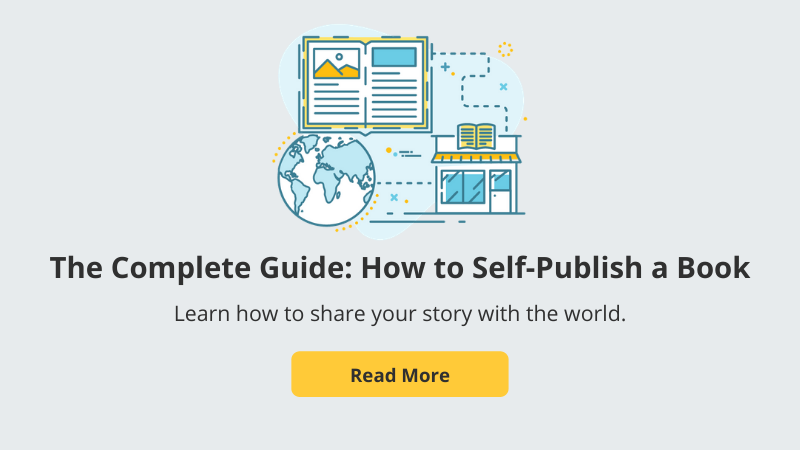In picture books, words and pictures are equal partners. Even if your story is heart-warming, smart, and fun, if you don’t pair it with appealing visuals, readers won’t enjoy it. Normally, it’s not the author’s job to produce a great-looking picture book. But as an independent publisher, you are responsible for the content and the look of the book. Here are some basics to help you manage that:
Team Up
Accept that you can’t do everything by yourself. Your job is to write a fantastic manuscript, then find experienced professionals to work with. You need people who understand their responsibilities and can check their egos in order to effectively collaborate.
Selecting an established team of service providers eliminates a lot of hassle. If you decide to create your own production team, the members may include:
- An editor: You may think, “It’s just a picture book.” But every book needs an editor. Look for one who can do proofreading too.
- An illustrator: We’re talking about picture books, so this one’s pretty obvious.
- A designer and/or an art director: The designer determines how the text will be laid out and creates a cover design. An art director can help the illustrator and designer achieve better visuals.
- A printer/distributor: If you're producing a print book, you'll need a printer, and whether you're releasing an ebook or print book, you’ll need a distributor, like IngramSpark.
In a good picture book, the text tells the story—but it doesn’t tell the whole story. Illustration is a visual narrative that adds another layer of joy. Your illustrator and art director need to be storytellers, too, not just creative people who can do amazing—but unrelated—things.
Make sure you have discussed all the terms with your team: rounds of revision, payment details, rights, deadlines, etc.
Planning
- First, be sure you are totally happy with your manuscript, and have it properly edited. Changing the words after the illustrations are done can cause all kinds of problems.
- Decide on your page count. 32 pages is the industry standard, but you can do more or less, especially if you are using print-on-demand (POD). Check your printer’s guidelines to make sure.
- Decide on dimensions. Your printer should have a list of available trim size options.
- Make a rough plan of what will go on each page. Don’t forget, some pages won’t be part of the story, like the title page, copyright page, etc. A storyboard template can be very helpful at this stage. Your illustrator and designer may have different ideas for what goes on what page; keep an open mind.
Storyboarding/Thumbnails
Ask your illustrator to come up with a storyboard. This is a great tool that allows you both to see the flow, story arc and points of view. This brainstorming step will focus on telling the story, without getting lost in the details.
Try not to give your illustrator too many illustration notes/definitions. When you don’t limit their creativity, they may achieve better results. Keep in mind that authors published by traditional publishers almost never have a say in who will illustrate their books, so you’re lucky to be choosing your illustrator. Now it’s time to step back and let them do their thing!
Roughs/Dummy
- Make sure you are happy with the dimensions of your book before the illustrator begins sketching (unless you’re keen to see the dark side of an illustrator).
- You may ask your designer to come up with a very rough internal design; this can help the illustrator know how much room to leave for the text.
- Your illustrator will present you with a dummy—a simplified mock-up of the final book. It may be either black & white or colored, but the details should be defined. If you want changes, this is the best time to ask for them—before your illustrator begins the final art. Remember that dark side!
Final Art
Ask your illustrator to show you one finalized illustration before going any further. Make sure you’re happy with the overall look of this illustration. Then give your illustrator some time to work on the rest.
After all the illustrations are done, ask your designer to complete the design. This is when the text and the illustrations will be put together to create the pages of your book. If there is not a really special reason, try not to suggest font names to use in your book. The designer probably stares at fonts an hour a day, and he or she knows what typeface is a good match for a project.
Finish Up
Check everything over and over. Ask for feedback from your team—including your editor/proofreader. When you are totally happy with everything, and after a final proofread, you are ready to roll! Ask your designer to prepare the print-ready files. because the best part of creating a picture book is when you get to hold it in your hands.













